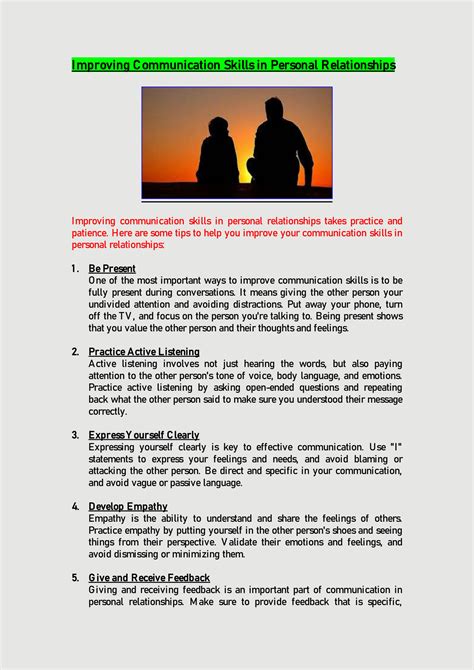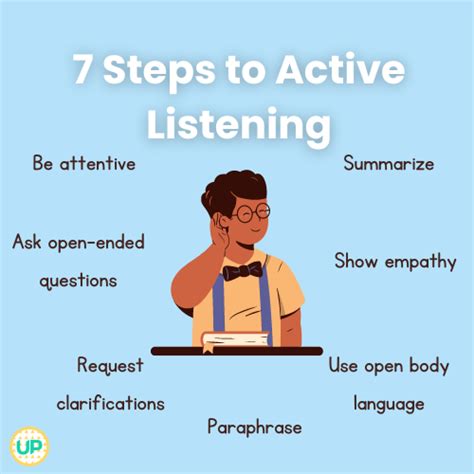The Foundation of Conflict Resolution: Active Listening
In the heat of an argument, it’s easy to get caught up in our own perspective, eagerly waiting for our turn to speak or strategizing our next counter-argument. However, true resolution often hinges not on how well we articulate our point, but on how effectively we listen to the other person. Active listening is a powerful tool in any relationship, but it becomes absolutely critical when navigating conflict.
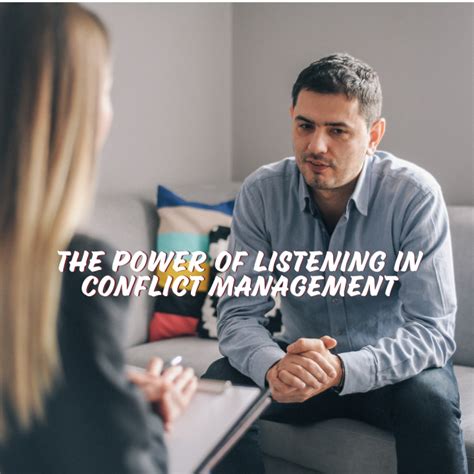
The Single Most Effective Tactic: Reflective Listening
Among the various active listening techniques, reflective listening stands out as perhaps the most potent for de-escalating conflict and fostering mutual understanding. This tactic involves not just hearing the other person’s words, but truly attempting to understand their message and their underlying feelings, and then reflecting that understanding back to them.
The core idea is to paraphrase or summarize what you’ve heard in your own words. It’s not about agreeing with them, but about showing that you’ve processed their message and are trying to grasp their perspective accurately. This simple act can transform a heated exchange into a constructive dialogue.
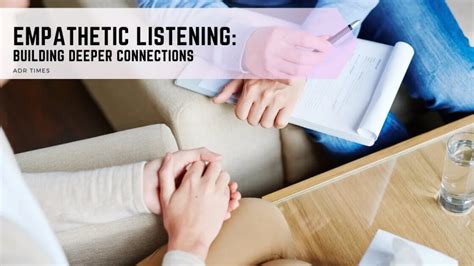
How to Practice Reflective Listening
Implementing reflective listening effectively requires a few key steps:
- Pay Full Attention: Put away distractions. Make eye contact. Give the speaker your undivided focus.
- Listen for Content and Feeling: Don’t just focus on the facts. Try to understand the emotions behind their words. Are they frustrated, hurt, scared, angry?
- Paraphrase or Summarize: Once they’ve finished speaking, or paused, restate what you believe you heard them say. Use phrases like, “So, if I understand correctly, you’re saying…”, “It sounds like you’re feeling X because Y…”, or “What I’m hearing is… is that right?”
- Seek Confirmation: End your reflection with a question to ensure accuracy, such as “Did I get that right?” or “Is that how you feel?” This gives them a chance to correct any misunderstandings.
- Avoid Judgment or Solutions: At this stage, your goal is solely to understand, not to judge, argue, or offer solutions. Stick to reflecting their message.
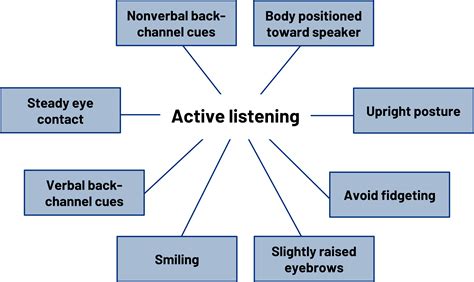
Why Reflective Listening Is So Powerful in Conflict
The effectiveness of reflective listening in conflict stems from several psychological benefits:
- Validation: When someone feels truly heard and understood, it validates their experience and emotions. This often de-escalates tension immediately.
- Clarity: It forces both parties to clarify the message. The speaker might hear their own words reflected back and realize they didn’t express themselves as clearly as they thought, or the listener gains a more accurate picture.
- Empathy: The act of trying to understand and reflect fosters empathy in the listener, and the speaker feels that empathy.
- Reduces Misunderstandings: Many conflicts are fueled by misinterpretations. Reflective listening catches these early.
- Creates Space for Solutions: Once understanding is established, both parties are more open to finding common ground and collaborative solutions.

Common Pitfalls to Avoid
While powerful, reflective listening can be misused. Be mindful of:
- Sounding like a Parrot: Don’t just repeat their exact words verbatim; rephrase them in your own understanding.
- Adding Your Spin: Resist the urge to interject your opinion, judgment, or rebuttal into your reflection.
- Faking It: Be genuinely interested in understanding. People can tell if you’re just going through the motions.
- Offering Unsolicited Advice: The time for advice or solutions comes much later, after full understanding.
Mastering This Essential Skill
Reflective listening is not just a technique; it’s a mindset that prioritizes understanding over being understood, especially during times of disagreement. It takes practice and patience, but consistently applying this one tactic can dramatically improve your ability to navigate conflicts, strengthen your relationships, and foster more effective communication in all areas of your life.
